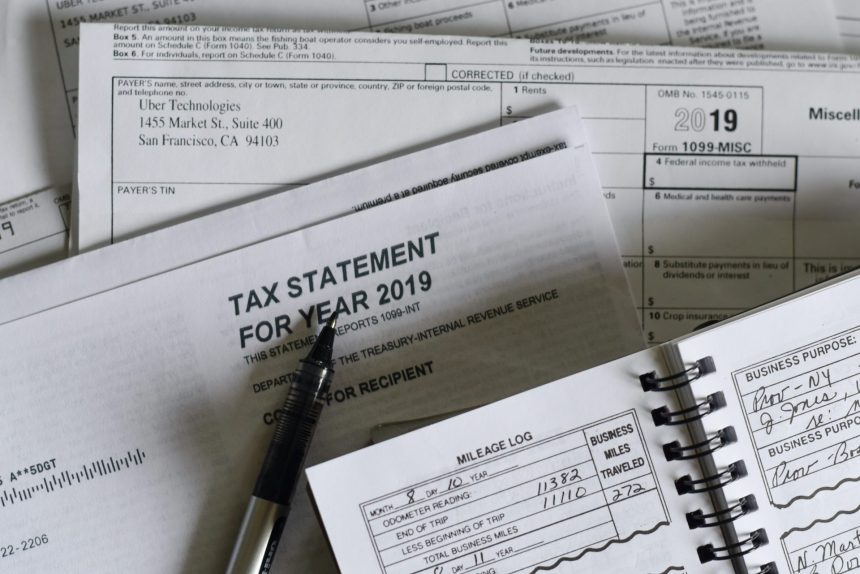The Internal Revenue Service (IRS) has recently announced an increase in the contribution limits for retirement savings accounts, including 401(k) and Individual Retirement Accounts (IRA), effective from 2024. These adjustments are made annually to account for cost-of-living changes, but the increases this year are particularly significant due to high inflation rates. The new limits aim to provide Americans with greater opportunities to save for their future and secure a comfortable retirement.
Higher Contribution Limits for 401(k) and Other Retirement Plans
Starting in 2024, workers will be able to contribute up to $23,000 to their 401(k) plans, representing a $500 increase from the previous year. This adjustment also applies to other tax-deferred retirement savings accounts, such as the 403(b) plan, most 457 plans, and the federal government’s Thrift Savings Plan. However, the catch-up contribution limit for individuals aged 50 and older remains unchanged at $7,500.
| Retirement Plan | Contribution Limit (2023) | Contribution Limit (2024) | Increase |
|---|---|---|---|
| 401(k) | $22,500 | $23,000 | $500 |
| IRA | $6,500 | $7,000 | $500 |
Expanded Opportunities for Roth IRAs
The IRS’s adjustments also open up new possibilities for Americans to qualify for Roth IRAs. Unlike traditional IRAs, Roth IRAs tax contributions upfront, allowing individuals to grow their investment earnings tax-free, provided the money is not withdrawn before they reach the age of 59½. The income phaseout range for qualifying for Roth IRAs will increase in 2024. For individuals and heads of households, the range will rise to $146,000-$161,000, up from $138,000-$153,000 in 2023. Married couples filing jointly will see an increase from $218,000-$228,000 to $230,000-$240,000.
These adjustments aim to encourage more individuals to take advantage of the tax benefits offered by Roth IRAs, which can lead to substantial savings and financial security during retirement.
The Importance of Retirement Savings
It is essential to consider these adjustments in the context of the overall retirement savings landscape in the United States. Recent reports indicate that one in four Americans has no retirement savings at all. Furthermore, U.S. households with individuals between the ages of 25 and 64 face a massive retirement savings deficit, falling short by a staggering $3.68 trillion.
The median retirement account balance in the U.S. was a meager $65,000 in 2019, according to Federal Reserve research. These figures highlight the urgent need for Americans to prioritize their retirement savings and take advantage of the increased contribution limits and tax benefits offered by the IRS.
Maximizing Contribution Limits and Catch-Up Contributions
While the IRS raises contribution limits, it is crucial for individuals to understand how to make the most of these opportunities. Here are some strategies to consider:
- Contribute the Maximum: Aim to contribute the maximum amount allowed by the IRS. This will ensure that you take full advantage of the tax benefits and maximize your retirement savings.
- Take Advantage of Employer Matching: If your employer offers a matching contribution to your 401(k) plan, make sure you contribute enough to receive the full match. This is essentially free money that can significantly boost your retirement savings.
- Consider Catch-Up Contributions: If you are 50 years old or older, take advantage of the catch-up contribution limits. This allows you to contribute additional funds to your retirement accounts beyond the regular limits, helping you make up for lost time and accelerate your savings.
- Diversify Your Retirement Portfolio: Ensure that your retirement savings are invested in a diversified portfolio that aligns with your risk tolerance and long-term goals. Consult with a financial advisor to create an investment strategy that maximizes your chances of achieving a comfortable retirement.
- Monitor and Adjust: Regularly review your retirement savings strategy and make adjustments as needed. As you progress through different stages of life and your financial situation changes, it is important to reassess your retirement goals and ensure that your savings align with your evolving needs.
By implementing these strategies and taking advantage of the increased contribution limits, individuals can enhance their retirement savings and work towards a more financially secure future.
See first source: Fox News
FAQ
What are the new contribution limits for 401(k) and IRA accounts in 2024?
For 2024, the contribution limit for 401(k) accounts is $23,000, up from $22,500 in 2023. For IRA accounts, the limit is $7,000, up from $6,500 in 2023.
Why has the IRS increased the contribution limits?
The IRS adjusts contribution limits annually to account for cost-of-living changes. The significant increase for 2024 is due to high inflation rates, aiming to provide Americans with more opportunities to save for retirement.
What are the benefits of Roth IRAs, and how have the qualification ranges changed?
Roth IRAs tax contributions upfront but allow tax-free growth of investment earnings if not withdrawn before age 59½. In 2024, income phaseout ranges for Roth IRAs increase, allowing more individuals to qualify.
What remains unchanged regarding contribution limits?
The catch-up contribution limit for individuals aged 50 and older remains unchanged at $7,500 for 401(k) and other similar retirement plans.
How widespread is the lack of retirement savings among Americans?
Recent reports show that one in four Americans has no retirement savings, and there is a significant retirement savings deficit among U.S. households, emphasizing the importance of taking advantage of increased contribution limits.
What strategies can individuals use to maximize their retirement savings?
Individuals can maximize their retirement savings by contributing the maximum amount allowed, leveraging employer matching, considering catch-up contributions if eligible, diversifying their retirement portfolio, and regularly reviewing and adjusting their retirement savings strategy.
How can diversification benefit retirement savings?
Diversification can help manage risk and improve the potential for returns, aligning retirement savings with individuals’ long-term goals and risk tolerance.
How does employer matching work in boosting retirement savings?
Employer matching contributes a certain amount to your 401(k) plan based on your own contributions, essentially providing free money that can significantly boost your retirement savings.
What is the significance of catch-up contributions?
Catch-up contributions allow individuals aged 50 and older to contribute additional funds to their retirement accounts beyond the regular limits, helping accelerate savings and make up for lost time.
Why is it essential to monitor and adjust retirement savings strategies?
Monitoring and adjusting retirement savings strategies are crucial as financial situations change through different life stages, ensuring that savings align with evolving retirement goals and needs.
Featured Image Credit: Photo by Olga DeLawrence; Unsplash – Thank you!







